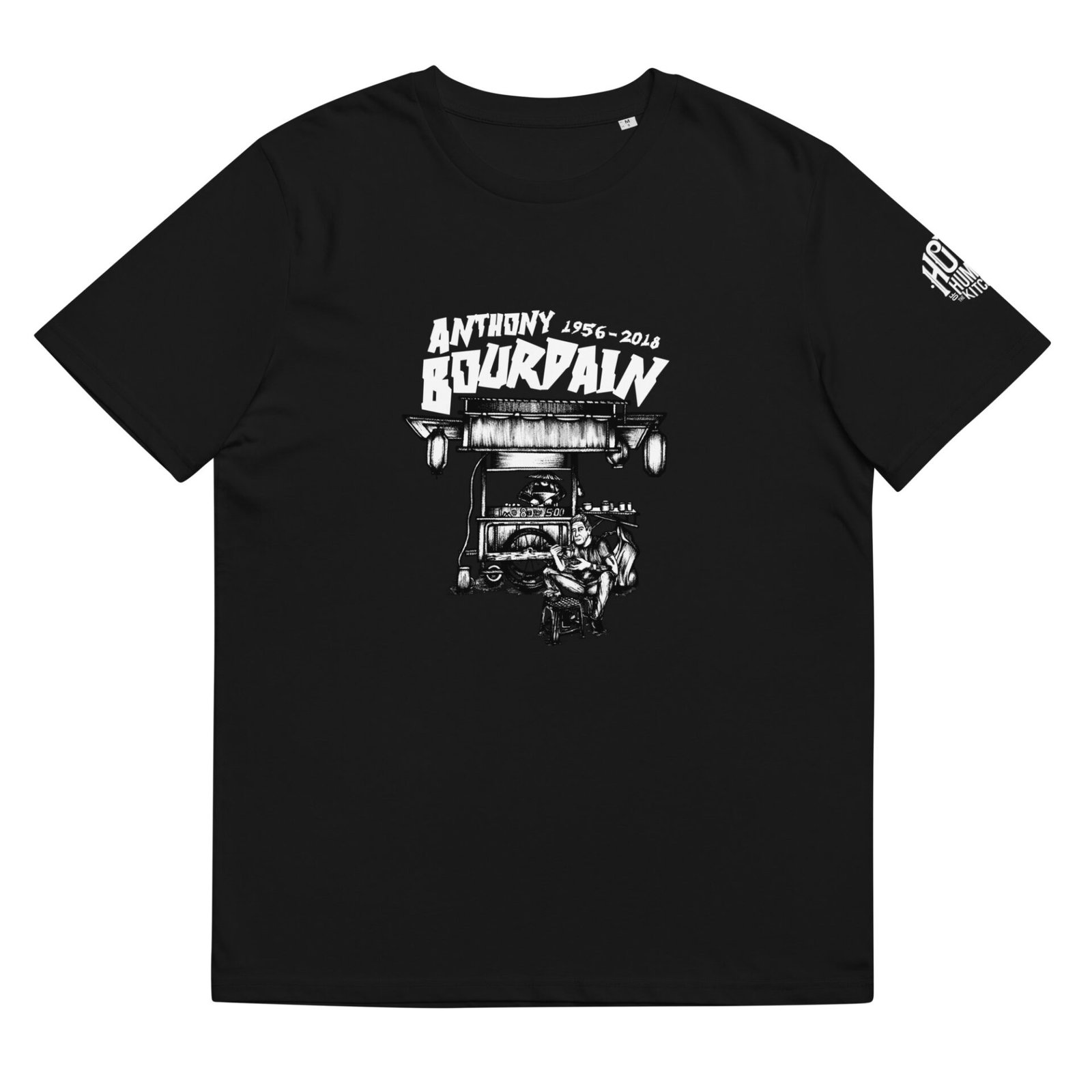A conundrum that’s plagued chefs for as long as we’ve been serving people has always been that the food – which we work tirelessly to organise on a plate to visually please customers – is ultimately going to be destroyed in a matter of minutes, and hopefully, devoured until there is nothing but a clean plate. We work like architects, planning every conceivable aspect of both the aesthetic and the methods in which the dish should be consumed. Take for example, the endless debate about how something as simple as a burger should be structured – only to put one together for a customer and watch them slop it down with large fries and a diet coke. On second thought, if we could design buildings, we’d probably build them just so we could burn them down – I suddenly see why Burningman Festival is a thing.
But why burn them down? Well, cooks – whether some admit it or not – are all pyromaniacs at heart. There’s something about the way a flambéed pan turns into a tower of fire that’s all things exhilarating, beautiful, and dangerous. Some of us, though, are more pyro than others. Take for example Nicholas Doughty, an aspiring art history professor turned chef, turned pyrokinetic.
This is starting to sound like a story straight out of a fan-fic Avatar plot.
By day, Doughty is the F&B Director at Elephants Delicatessen, a Portland-based, family-owned deli that’s been in business since 1979 and prides itself in sustainability and the excellence of their products. By night, Doughty’s hobby is pyrography – also known as wood burning – a technique for decorating wood or other materials through burning designs onto them with the use of a heated point. He bases his influence on the Japanese Ukiyo-e and Shin-Hanga art movement, as well as the Beggarstaff’s poster and graphic work.
I had the pleasure and privilege to sit down with him a while back when we were first starting out our Humans Live series on Instagram. A series where we sat down to chat about the restaurant industry and the toll COVID-19 had taken on it. We discussed his art, too, and how he had initially studied art in college with the aim of becoming a Japanese art history professor despite having spent most of his life in wineries and surrounded by food.
When I first encountered his work while doing research prior to us talking, his Food and Beverage Series was the first thing that caught my eye, I believe it was the 2017 ‘Kitchen Line’ wood block that I first came across, where he’s burned the image, pun intended, of a boiling hot kitchen line and it serves as a dedicatory piece to the people he’s cooked with over his 25+ years of foodservice experience. The scene is made up of five distinct characters that, according to Doughty, represent a different personality type of which you would find in almost any restaurant kitchen. I’ll leave it up to you to guess which of the five he is, and maybe which I am, too?
“Embrace the suck.”
There’s profound beauty to Doughty’s work, not just because of his astounding ability to imprint subtle details into works such as Break Time (hint, look at the graffiti in it carefully.) Or in his ability to capture the breath-taking vistas in his Vineyard and Winery series, but primarily it’a his ability to also capture a scene – much in the same way a photograph does – of the food world. He’s been able to adapt the art of pyrography to our environment, and modernise it with his own unique flair so as to capture and depict accurately, the every-day work we do and love.
- 1
- 2




